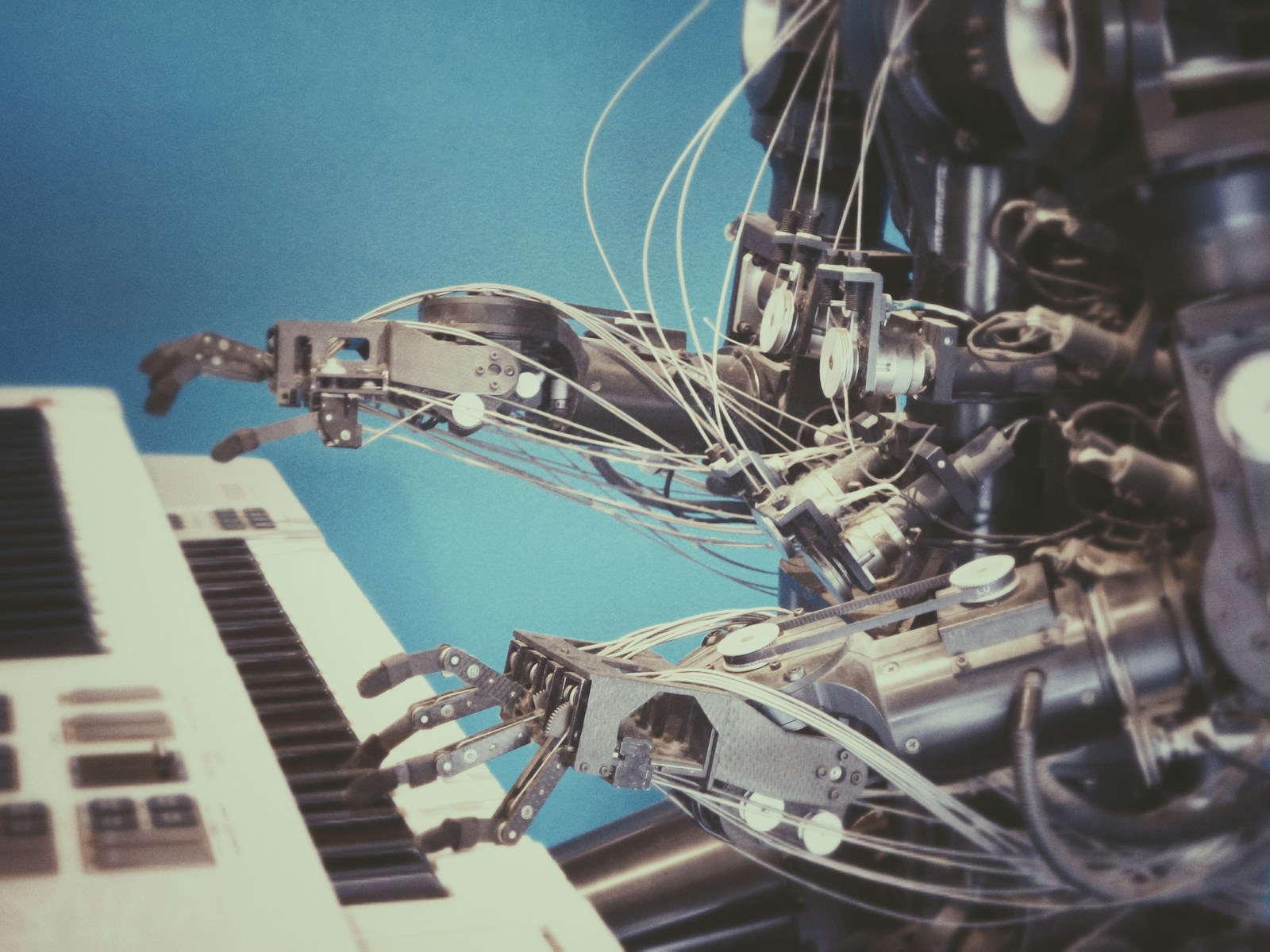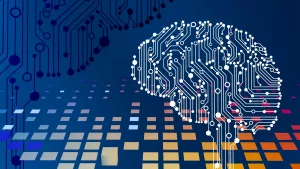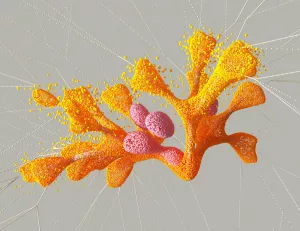Artificial Intelligence (AI) and Machine Learning are often used interchangeably, but they are distinct fields within the realm of technology. AI is the broader concept of machines being able to carry out tasks in a way that we would consider “human-like”, while Machine Learning is a subset of AI that involves training a system to learn from data rather than explicitly programming it for a specific task. AI encompasses a wide range of technologies and methodologies aimed at simulating human intelligence, while Machine Learning focuses on developing algorithms that can improve and evolve based on data. Machine Learning algorithms are designed to improve automatically through experience. This means that they can learn patterns and make decisions with minimal human intervention once they are trained on a dataset. On the other hand, AI encompasses various techniques and approaches aimed at enabling machines to mimic human intelligence and perform tasks that typically require human cognition. Machine Learning is a critical component of AI, as it enables machines to learn from data, adapt, and make decisions autonomously.
The Role of Data in Machine Learning and AI
Data plays a crucial role in both Machine Learning and AI. In Machine Learning, the performance of algorithms heavily relies on the quality and quantity of the data they are trained on. The more diverse and representative the dataset, the better the model’s ability to generalize to unseen data. Data is the fuel that powers Machine Learning models, allowing them to learn patterns, make predictions, and continuously improve their performance.
In the context of AI, data is used to enable machines to reason, learn, and adapt to new situations – essentially imitating human cognition. Without data, AI systems would lack the foundation needed to make informed decisions and carry out tasks intelligently. For example, consider a voice-activated virtual assistant like Alexa or Siri. These systems utilize massive datasets to understand and process human language, making them capable of responding to queries, setting reminders, and even telling jokes.
Distinguishing Characteristics of AI and Machine Learning
AI is a broader concept that encompasses Machine Learning as well as other techniques such as Natural Language Processing, Computer Vision, and Robotics. It aims to create intelligent systems that can perceive, reason, and act in complex environments. Machine Learning, on the other hand, focuses specifically on algorithms that can learn from data and make predictions based on patterns identified during training.
While AI seeks to replicate human-like intelligence and behavior, Machine Learning is primarily concerned with building models that can analyze data, identify trends, and make predictions. Both AI and Machine Learning play complementary roles in the development of intelligent systems, with Machine Learning serving as a crucial tool for training AI algorithms and enabling them to adapt to new situations.
AI Techniques Beyond Machine Learning
AI isn’t limited to Machine Learning. Techniques such as rule-based systems, where decisions are made based on predefined rules, are also part of AI. Additionally, Genetic Algorithms, which mimic natural selection principles to solve optimization problems, and Expert Systems, which use knowledge bases to make decisions, are part of AI’s broader scope.
The Evolution of AI and Machine Learning
Over the years, both AI and Machine Learning have made significant advancements, fueled by improvements in computing power, availability of large datasets, and breakthroughs in algorithm development. The field of AI has evolved from simple rule-based systems to sophisticated deep learning architectures that can perform complex tasks with human-like precision. Machine Learning has transformed industries by automating processes, improving decision-making, and enabling predictive analytics at scale.
The fusion of AI and Machine Learning has led to groundbreaking applications in areas such as healthcare, finance, and autonomous systems. For instance, in healthcare, AI systems are used to predict patient outcomes, personalize medicine, and even assist in surgeries using robotic systems that are guided by AI algorithms.
Case Study: AI in Healthcare
Consider IBM’s Watson, which has been used to assist doctors in diagnosing diseases and suggesting treatment plans. Watson analyzes vast amounts of medical literature and patient data to provide evidence-based recommendations, showcasing the potential of AI in transforming healthcare.
Challenges and Ethical Considerations
While the advancements in AI and Machine Learning are promising, they also come with challenges and ethical considerations. The reliance on high-quality data raises concerns about privacy and data security. Additionally, there’s the issue of algorithmic bias, where models trained on biased data may produce biased outcomes. For instance, facial recognition systems have been criticized for having higher error rates for individuals with darker skin tones due to biased training datasets.
Mitigating Bias in Machine Learning
To address these concerns, it’s essential to ensure diversity in training datasets and involve interdisciplinary teams in AI development. Regular audits of AI systems for fairness and bias can also help in identifying and correcting potential issues.
Practical Applications of Machine Learning
Machine Learning is not just a theoretical field; it has practical applications across various industries. In finance, for instance, Machine Learning algorithms are used for fraud detection, credit scoring, and algorithmic trading. In the retail sector, recommendation systems like those used by Amazon and Netflix analyze user data to suggest products and content, enhancing customer experience and driving sales.
Developing a Recommendation System
To develop an effective recommendation system, data scientists often use collaborative filtering or content-based filtering techniques. Collaborative filtering leverages user behavior patterns, while content-based filtering focuses on item attributes. Combining these methods can yield more accurate recommendations.
Future of AI and Machine Learning
As technology continues to advance, the capabilities of AI and Machine Learning are expected to grow exponentially, revolutionizing how we interact with machines and the world around us. Emerging trends like AI-driven automation, edge computing, and the integration of AI with the Internet of Things (IoT) promise to open new frontiers.
AI and the Internet of Things (IoT)
The integration of AI with IoT can lead to smarter homes and cities. Imagine a smart home system that learns your daily routine and adjusts lighting, temperature, and security settings accordingly. Such systems will not only improve convenience but also promote energy efficiency.
Steps for Implementing AI Solutions
If you’re considering implementing AI solutions in your business, here are some steps to guide you:
- Identify the Problem: Clearly define the problem you want AI to solve. Is it automating a process, improving decision-making, or enhancing customer interactions?
- Gather Quality Data: Data is the backbone of any AI system. Ensure you have access to high-quality, relevant data that is representative of the problem space.
- Choose the Right Tools and Technologies: Depending on your needs, select appropriate AI frameworks and tools. TensorFlow and PyTorch are popular for deep learning, while tools like Scikit-learn are used for traditional Machine Learning tasks.
- Build and Train Models: Develop models using the chosen tools. This involves selecting the right algorithms and tuning hyperparameters to optimize performance.
- Evaluate and Iterate: Continuously test and evaluate your models. Use metrics like accuracy, precision, and recall to assess performance, and iterate based on feedback.
- Deploy and Monitor: Once satisfied with the model’s performance, deploy it in the real world. Monitor its performance and make adjustments as needed to ensure it remains effective over time.
Conclusion
AI and Machine Learning are shaping the future of technology, offering unprecedented opportunities and challenges. By understanding their differences and potential, businesses and individuals can harness their power to drive innovation and growth. As you explore these fields, remember to approach them with curiosity, ethical considerations, and a commitment to learning and adaptation.




